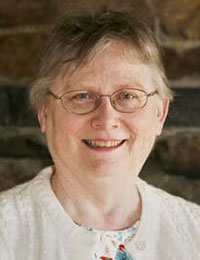 Eight new Early New England Families Study Project sketches have now been posted on Americanancestors.org: James Badcock of Portsmouth/Westerly, Rhode Island, and Hugh Clark of Watertown/Roxbury, Jonas Clark of Cambridge, Thomas Dyer of Weymouth, John Fairbanks of Dedham, John Grout of Watertown/Sudbury, William Marchant of Watertown/Ipswich, and Daniel Wing of Sandwich, Massachusetts. In total, 46 pages of new sketches and more than 1,000 new index entries have been added to the project. Continue reading Early New England Families, phase two
Eight new Early New England Families Study Project sketches have now been posted on Americanancestors.org: James Badcock of Portsmouth/Westerly, Rhode Island, and Hugh Clark of Watertown/Roxbury, Jonas Clark of Cambridge, Thomas Dyer of Weymouth, John Fairbanks of Dedham, John Grout of Watertown/Sudbury, William Marchant of Watertown/Ipswich, and Daniel Wing of Sandwich, Massachusetts. In total, 46 pages of new sketches and more than 1,000 new index entries have been added to the project. Continue reading Early New England Families, phase two
Category Archives: American History
Let’s put on a show!
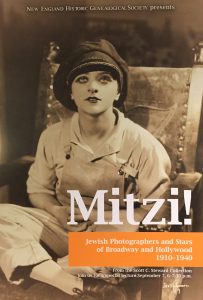 For the last few months I have been working with Judi Garner of the Jewish Heritage Center, here at NEHGS, on an exhibit of twentieth-century Jewish photographers and their subjects, and we are finally finished. The photos are framed and hung; the labels have been written, proofed, and attached to boards; a short show catalogue has been created; and my lecture has, largely, been written…
For the last few months I have been working with Judi Garner of the Jewish Heritage Center, here at NEHGS, on an exhibit of twentieth-century Jewish photographers and their subjects, and we are finally finished. The photos are framed and hung; the labels have been written, proofed, and attached to boards; a short show catalogue has been created; and my lecture has, largely, been written…
Tonight I will speak here in Boston on the show and its subject: Mitzi Hajos (pron. Hoy-uss), a Broadway chorine who became a one-name star along the lines of Cher or Madonna. Through photos of Mitzi, and the images taken by contemporary photographers of Broadway and Hollywood stars, we can trace the changing aesthetics of theatrical portraiture and the growing influence of the flickers – the photoplay – the movies that were, increasingly, produced in California. Continue reading Let’s put on a show!
ICYMI: A question of identity
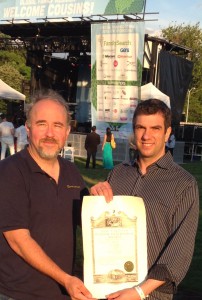
[Editor’s note: This blog post originally appeared in Vita Brevis on 29 June 2015.]
Over the years I have had the chance to discuss the subject of ethnicity (and identity) with avid genealogists and those who are not all that interested in the field of genealogy. Many people will quickly share with you what their ethnicity is, with answers varying from “American” to a varied mix of ethnic origins. This answer, as you can imagine, can vary greatly with the knowledge each person has as to what was passed down to them by their parents about their own heritage. What I have noticed in these discussions is the depth in which these generational levels of ethnic origin will differ. Continue reading ICYMI: A question of identity
The Wyoming Valley massacre

Many years ago, during a visit with my wife to her maternal grandparents, her grandfather asked if we could deliver some books which he had sold to a bookshop in Boston. He had worked on his family’s genealogy since he was a young man, beginning about 1900, and he was culling books from his library.
When we returned home I browsed through the books. One had several accounts of attacks on settlers by Indians but, not really understanding the relevance to his research, I put the book down and later in the week delivered the books as promised. Continue reading The Wyoming Valley massacre
A Bronx tale

My maternal grandparents were born in 1932: they were just nine years old at the beginning of World War II. They grew up blocks from each other in the Bronx: Nana in The Alley, and Papa on the other side of the tracks (literally; train tracks separated their neighborhoods) on Elton Avenue. When I come to visit, they often talk about their childhood – and I always listen. And while I am a wonderful and attentive listener, I am terrible at recording our conversations. My most recent visit, however, I was determined to conduct a proper interview. Continue reading A Bronx tale
Richard Brunton’s family registers
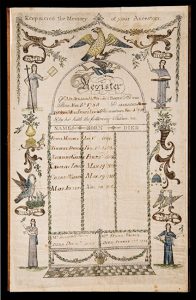
Over the centuries, families have kept their own records of their history – by writing it in family Bibles; by sewing it into samplers and other needlework; by having it engraved onto objects; and sometimes by writing it into preprinted family registers. NEHGS has launched a new database of family registers that have one thing in common: all were originally engraved by English-born Richard Brunton, who lived in New England in the years during and after the Revolution. Continue reading Richard Brunton’s family registers
Aunt Alicia’s videos
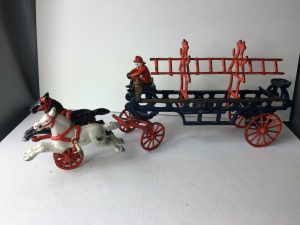 I have sometimes mentioned how much stuff I inherited from my mother and her family. Mother left it all to me with the cheerful instructions that I was to figure out what to do with it.
I have sometimes mentioned how much stuff I inherited from my mother and her family. Mother left it all to me with the cheerful instructions that I was to figure out what to do with it.
For years, decades, I have intended to catalog and arrange, describe, and account for everything, but enthusiasm for sitting down and making lists and logs was always lacking. Recently I have been watching YouTube videos about drawing and painting, and it struck me that visual learning is definitely more fun. Continue reading Aunt Alicia’s videos
‘Blazing out into flaming crimson’
[Author’s note: This series of excerpts from the Regina Shober Gray diary began here.]
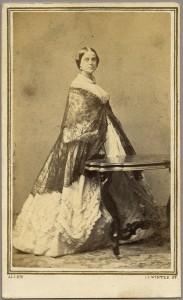
Plaisted House, Jefferson, Sunday, 22 August 1880: We came here yesterday, having had a comfortable ride up – part of it, along the shores of Winnisquam & Winnipesaukee, and very beautiful. We found more change of the leaf than we expected so early in the season; but in low lying, moist grounds, the young maples, swamp alders, sumach &c blazed out into flaming crimson, scarlet and orange colours, like tongues of living fire against the dense, solid greens of the summer foliage; and the banks and wild pastures were carpeted with bloom – the golden-rod & yellow tansy, the white yarrow that “heals the wounded heart,” and every variety of pink spireas and purple asters & immortelles, and rich red cardinal flowers that made a glory whenever they nodded to the breeze, and great beds of night-shade, with their gay, rank, poisonous-looking blossoms of orange and purple. Continue reading ‘Blazing out into flaming crimson’
‘Where was the music?’
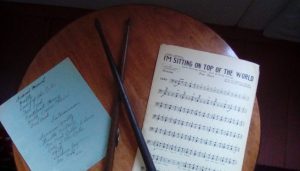 It may surprise you to read (or not, if you’re family) that I have squirrels in my closets. They nest in bins, and hide under papers, books, or textiles when I want to find one, or shout for attention when I don’t. But I like living indoors without wildlife, so these are not the red or gray, bushy-tailed squirrels, but the genealogical kind described by Meaghan E.H. Siekman in her essay “Chasing a Squirrel.” Continue reading ‘Where was the music?’
It may surprise you to read (or not, if you’re family) that I have squirrels in my closets. They nest in bins, and hide under papers, books, or textiles when I want to find one, or shout for attention when I don’t. But I like living indoors without wildlife, so these are not the red or gray, bushy-tailed squirrels, but the genealogical kind described by Meaghan E.H. Siekman in her essay “Chasing a Squirrel.” Continue reading ‘Where was the music?’
‘As if my home were shattered indeed’
[Author’s note: This series of excerpts from the Regina Shober Gray diary began here.]

1 Beacon Hill Place, Boston, Friday, 20 August 1880: Morris [Gray][2] left us last Wednesday in the 6 p.m. train (Aug 18th) to go round the world! He was to stop a few hours at Niagara; a few, at Chicago; and then take the train across the Continent, getting out at Lathrop [California], to visit the Yo Semite[3] &c, which requires three days, and he expected to reach San-Francisco in time to sail in the Oceanic, Sept. 1st, for Yokohama, Japan; thence by China, visiting Pekin, and getting a sight of the great wall and the seaports; thence to Singapore, Batavia, Calcutta, across Hindoostan to Bombay, visiting en route Benares, Agra, Delhi, Lucknow &c; thence by the Red Sea to Suez & the Nile. Continue reading ‘As if my home were shattered indeed’